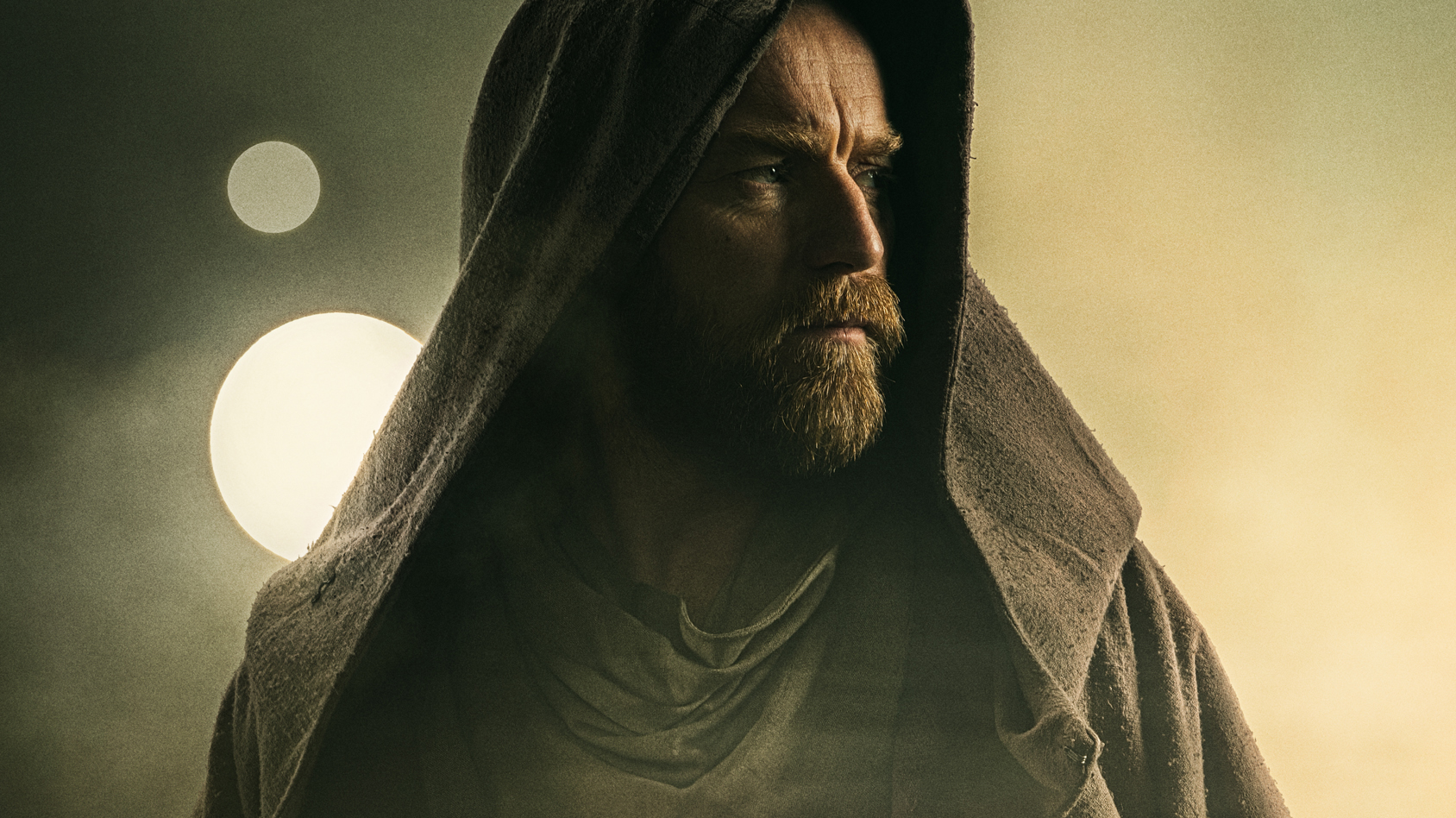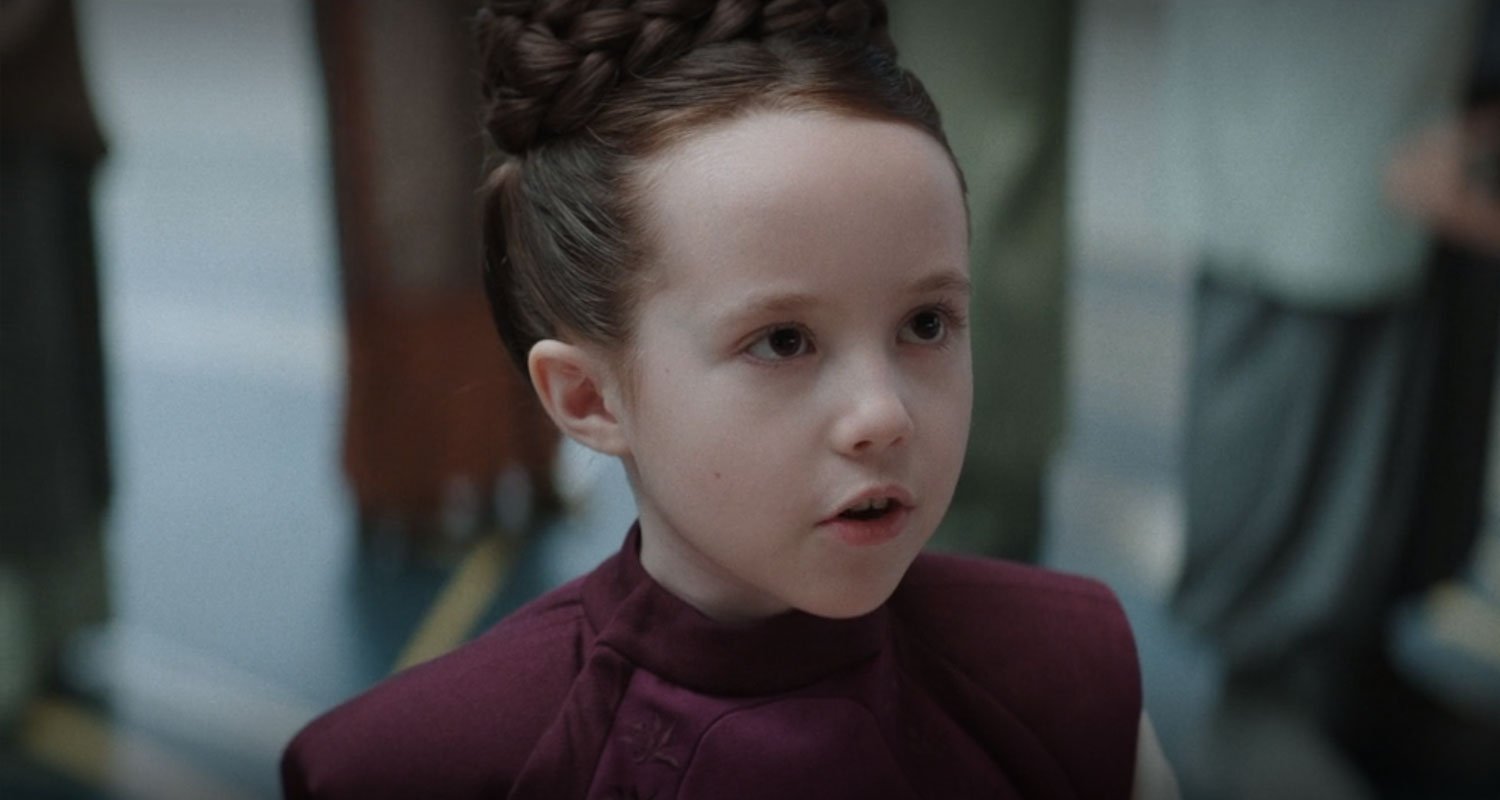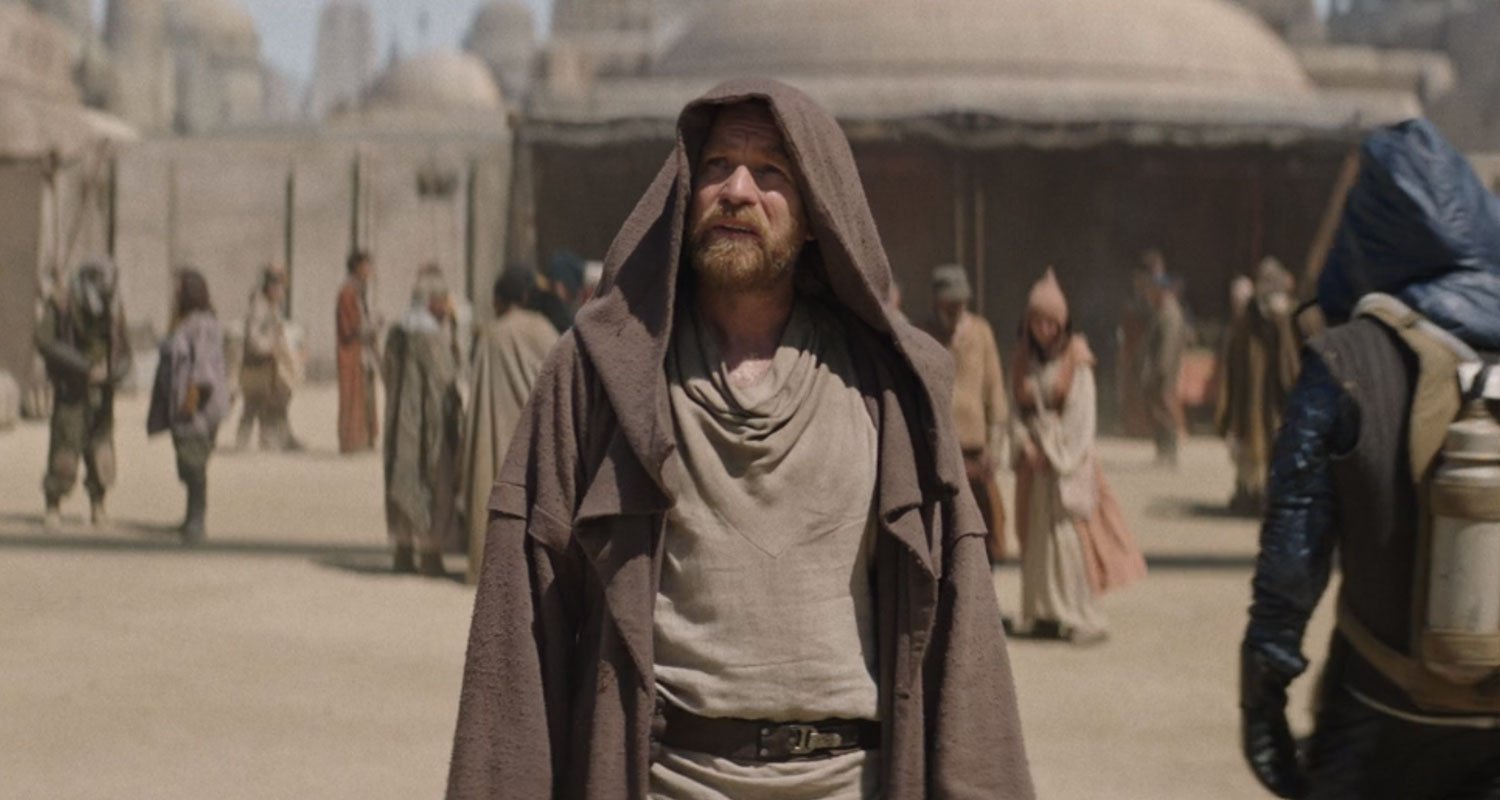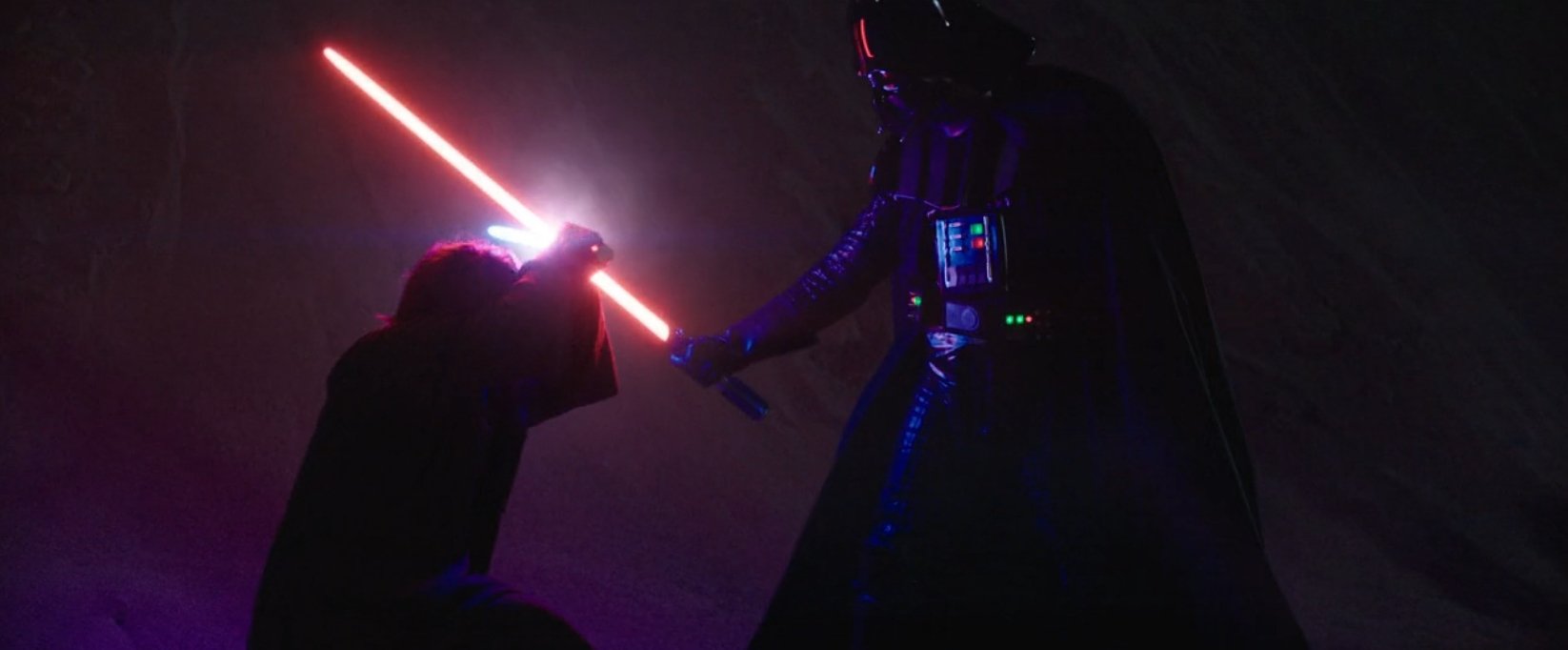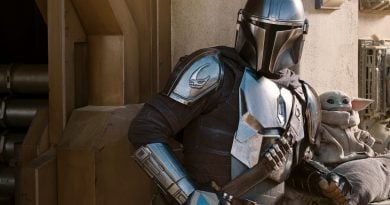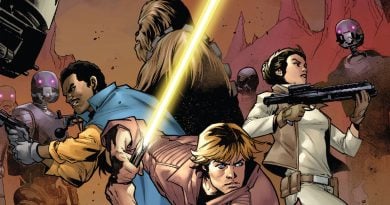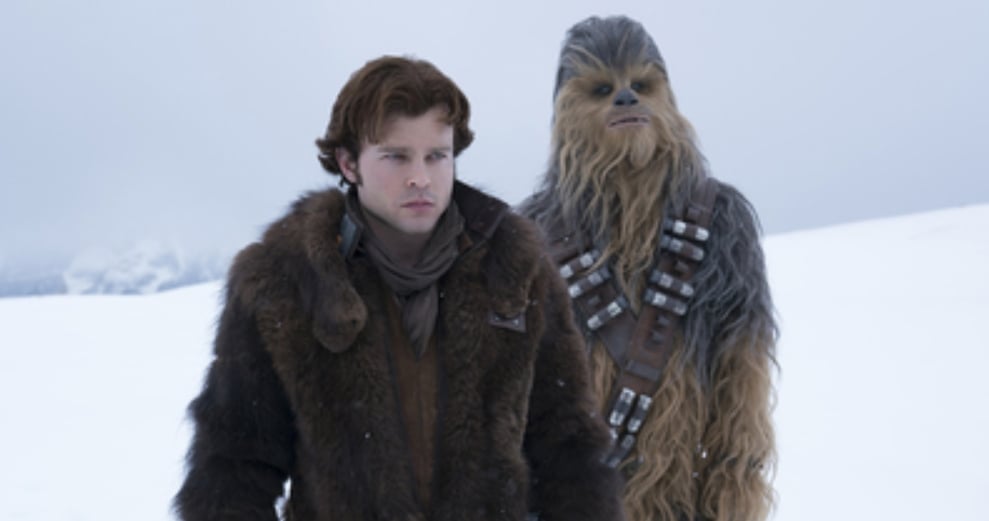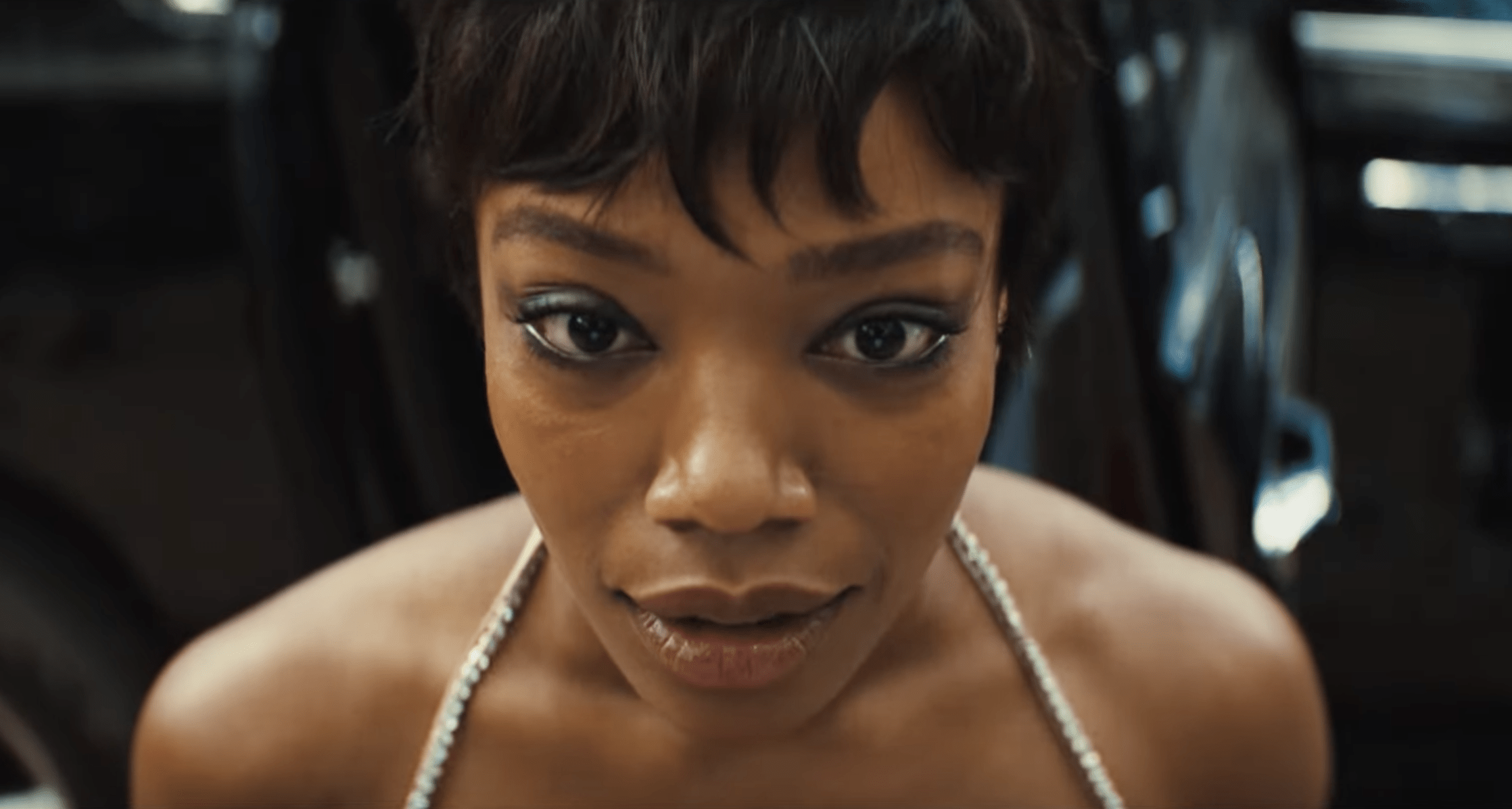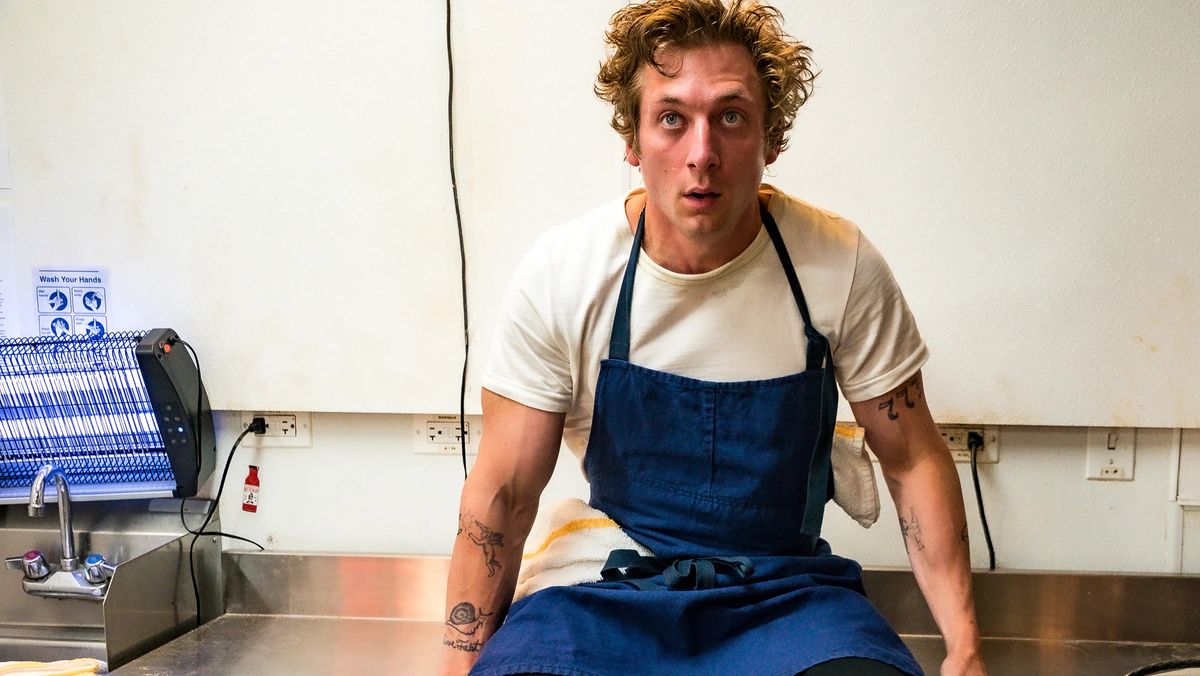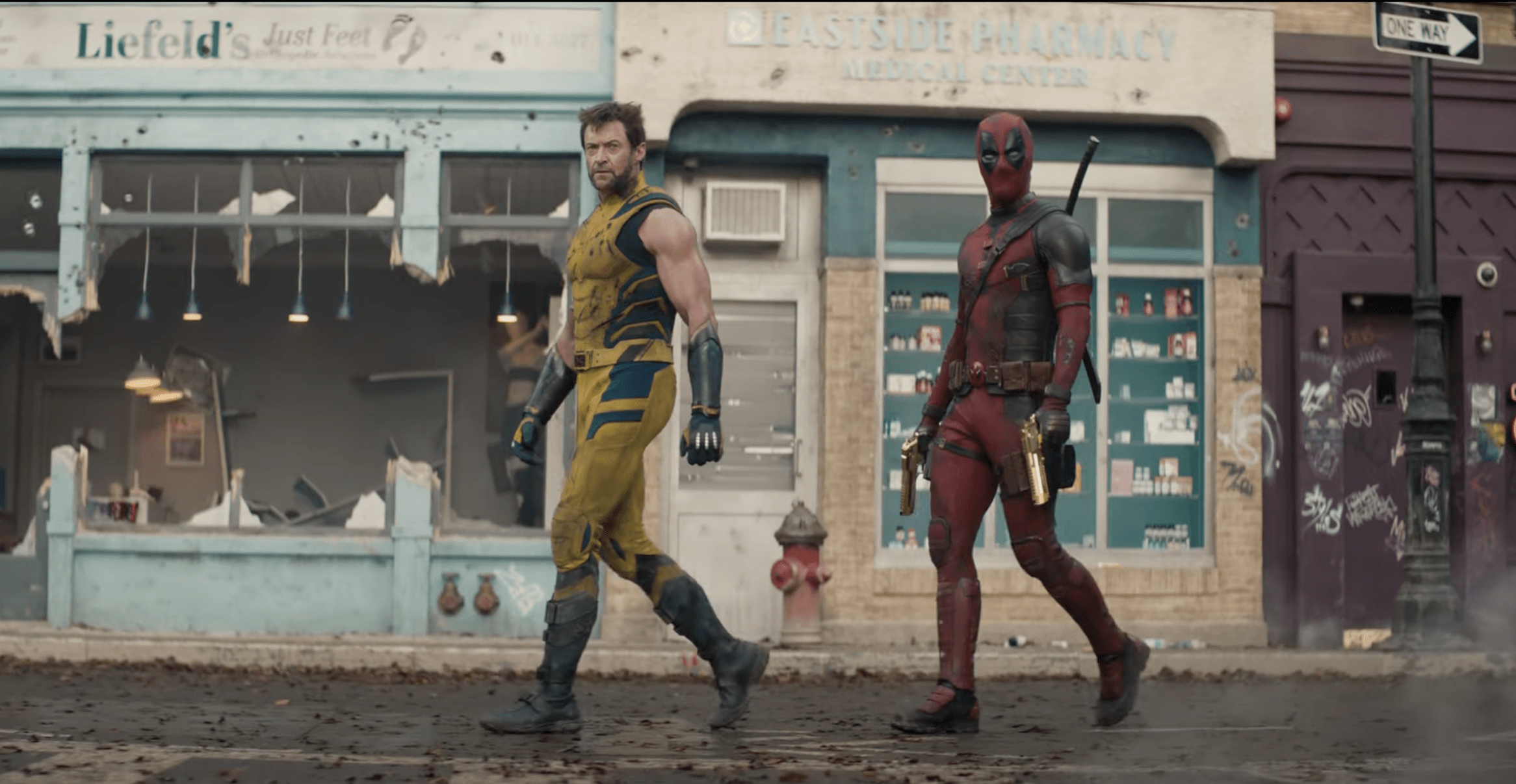‘Obi-Wan Kenobi’ Writer on Using Padmé and Darth Vader To Build Obi-Wan’s Character Arc
In a new interview with Nerdist, Obi-Wan Kenobi head writer Joby Harold went on to explain how the team behind the series used Padmé to build Obi-Wan’s arc in the show. He also dove deep into the reasoning behind bringing Darth Vader into the series, and how that helped bridge Revenge of the Sith with A New Hope for both Obi-Wan and Vader.
WARNING: This story contains spoilers for the first three episodes of Obi-Wan Kenobi
Director Deborah Chow has always described the series as a character study, and Joby Harold confirmed that this was his approach while writing it:
“The guiding principle that I had throughout was that it had to be a 360-degree view on Obi-Wan. Who he was, what he’d been through, and everything was fair game because he’s the byproduct of those experiences.”
One of the big surprises the series managed to keep out of the promotional material was the fact that Leia is actually a big part of the story. Played by Vivien Lyra Blair, she is portrayed as the living incarnation of her mother, Padmé Amidala, and Obi-Wan realized that quickly after meeting her. As we saw in the prequels, Padmé is a big part of who Obi-Wan used to be, both because of his personal relationship with the Queen of Naboo, and of course because of her relationship with Anakin. For that reason, Leia was also a key character to bring into the series, as Joby Harold explained:
“[Padmé]’s a massive part of where he was, who he was. The guilt to which you speak, that is really important. And it’s not what the show is about. But to not acknowledge Padmé… I agree she’s a massive part of the prequels, and I just didn’t want her to not be part of the conversation of the show because she deserves to be. Padmé and her relationship with everyone, and the residual feelings of the past and that which he carries with him, she’s part of that.”
Harold and crew tried really hard for the Padmé nods to be relevant and not distracting from the story they were trying to tell. He said:
“You take the hit a little bit on that a couple of times, because it’s so worth including her within the subtext of a scene. And certainly when she becomes part of the storytelling. Like in the scene with Leia on the transport, then it works because it’s about Leia within the scene. Padmé is the chess piece within which we get to have that character relationship evolve. And that makes her vital, as opposed to just a piece of the context of canon.”
Leia also had to be included in the series as she was one of the few reasons Obi-Wan would even consider leaving Tatooine, even if it was for a small period of time. This also felt like a good way to contextualize some loose ends from the original trilogy, and reemphasize that Leia is actually as important as Luke is, even though the first three movies focused mainly on Mark Hamill’s character:
“The notion of it being Leia was really important. It also brings to the conversation what’s great about the original trilogy—the degree to which Leia rises and becomes as important as Luke. When they begin, you think it’s all about Luke. And then you realize, ‘No, it’s the twins and they both carry the weight. And the Force is strong with both of them.’ And the notion that Obi-Wan was always looking over Luke somewhat dismisses, within canon, the notion of Leia, who’s just, ‘Well, she’s fine. They’ll take care of her.’ But that conversation then is brought right into the audience’s face when he’s asked to, not to choose, but is reminded of the fact that Leia’s important too. It doesn’t correct the past, but it acknowledges to the audience they are both important.”
As we saw in part III, it took a while for Obi-Wan to ignite his lightsaber. Harold explained that they really needed a good reason for this to happen:
“He’s been 10 years in a cave. And to use the Force or the lightsaber is to draw attention to yourself. He’s habitually gotten to the place where that’s in his past for now. So we deliberately didn’t see him use it effectively until that moment, because it should be a moment. He shouldn’t just grab his cup of coffee in the morning. And he would only do it for something that’s important as that. That needed to be the first step. He has to wrap his arms around who he is. And it’s a great metaphor for who he is, his relationship to the Force, and his ability to use it.”
Another key moment in Obi-Wan’s life that Harold realized they could bring into the series is when he learns that Anakin not only alive, but has become Darth Vader. This is another great character moment that both the writers and the actor could play with to build a three-dimensional character in Obi-Wan Kenobi. Harold also revealed that they initially wanted to bring Vader in much earlier, but they realized they could have this moment in the series, and decided to slower the pace:
“It makes the storytelling very active for the audience because they get to see it being played out on Ewan’s face.
The original incarnation of all this—Vader had appeared much earlier in the storytelling, and his name had been thrown around. And I very much went, ‘Just slow everything down, really be patient and really build who Obi-Wan was.’ And then introduce the notion that he’s out there, to then play it, and then end on him saying, ‘Anakin.’ That word is very seismic to him by then in the audience’s minds, because they sat with him for those two episodes. Then you get to cut to the bacta tank and all that… The notion that he doesn’t know, it’s a great card to play, so why not play it live? Why not watch Ewan do it? Why not see him realize and then, and only then show the audience the character?“
Harold also added that it was important for the team behind Obi-Wan Kenobi to also use this opportunity to bridge the gap between the Vader we saw at the end of Revenge of the Sith, and the Vader we first met in A New Hope. He wanted Obi-Wan Kenobi to be the connective tissue for both the main character and the main villain, and have Vader be a part of the story as much as Obi-Wan. He said:
“It was important to me that Obi-Wan isn’t yet this Alec Guinness finished character, and he’s in transition, and he is not yet the man that we know he will become. Why not look at Vader through the same lens, in the sense that we know who he is in Episode IV. And last time we saw him in Episode III, it was the expectation for who he was going to become. But I’m glad that he feels that way because that was the intention, that the rage is still strong, and it is personal for him. You feel, hopefully, that anger come through. It needed to feel tweaked, a little bit of a different Vader, our Vader consistent with this show. Otherwise he just lapses into being a silhouette villain.”
We will get to see how this character study continues when the fourth episode airs next Wednesday on Disney Plus. For now, make sure to check out Fran’s written review of Part III here and The Resistance Broadcast’s complete discussion on the episode!
Miguel Fernández is a Spanish student that has movies as his second passion in life. His favorite movie of all time is The Lord of the Rings, but he is also a huge Star Wars fan. However, fantasy movies are not his only cup of tea, as movies from Scorsese, Fincher, Kubrick or Hitchcock have been an obsession for him since he started to understand the language of filmmaking. He is that guy who will watch a black and white movie, just because it is in black and white.

